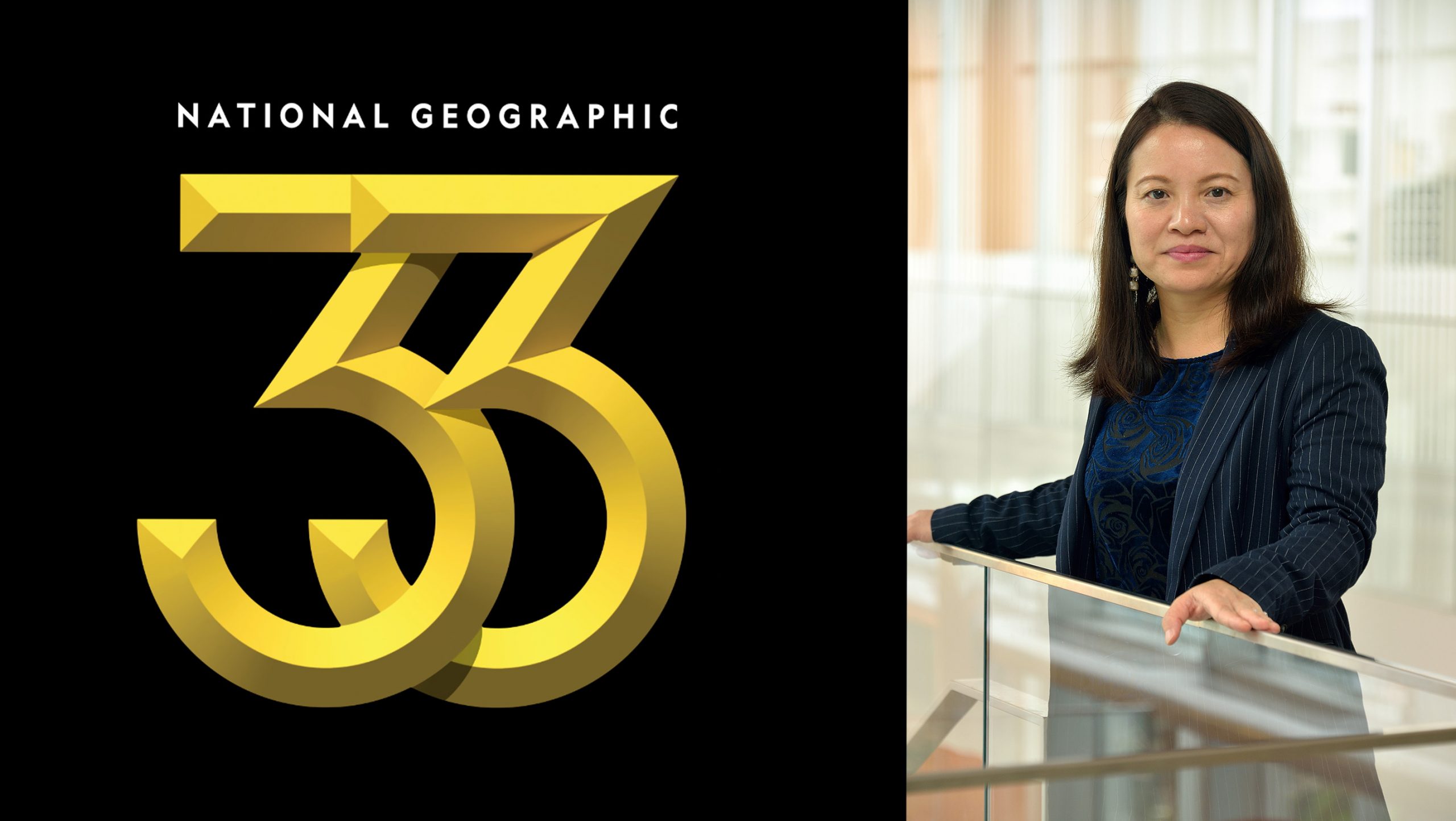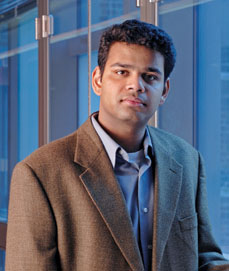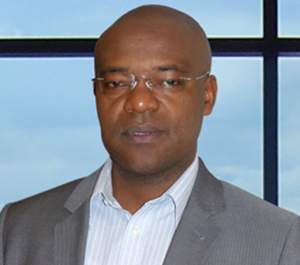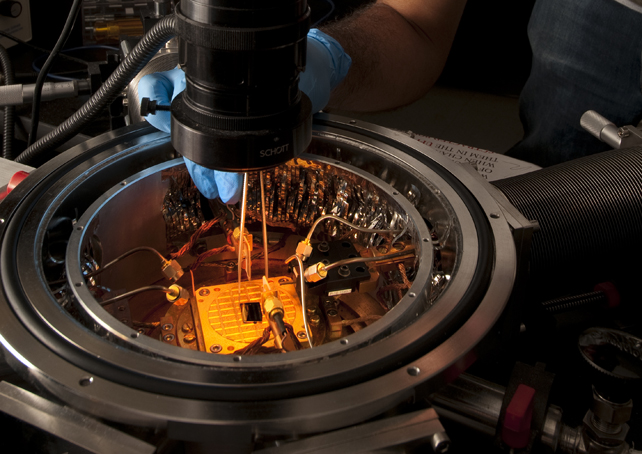Featured News

Shu Yang included among National Geographic's Inaugural List of the Top 33 Changemakers
National Geographic 33, a collection of visionaries, creators, icons, and adventurers from across the globe includes the Department of Material Science and Engineering Professor and Chair, Shu Yang, for her groundbreaking collaborative research and inspiring commitment to finding solutions to today’s global crises. Read More.

Christopher Madl Receives $2M NIH Grant to Investigate Cellular Responses to Mechanical Cues in Tissue Development and Disease Progression
Christopher Madl, Assistant Professor in Materials Science and Engineering, has been awarded the prestigious Maximizing Investigators’ Research Award for Early Stage Investigators (MIRA) National Institutes of Health (NIH) grant to advance his pioneering research on the role of mechanical signals in cellular behavior. Read More.

Vanessa Chan bridges the gap between innovation and the market
The Jonathan and Linda Brassington Practice Professor in Materials Science and Engineering is the inaugural vice dean of innovation and entrepreneurship at Penn Engineering. Read more.

Kyle Vining Receives $2M Award from NIH to Investigate How Extracellular Mechanics Affect Immune Cells
Kyle Holmberg Vining, DDS, PhD, Assistant Professor in Preventive and Restorative Sciences at Penn Dental Medicine with a joint appointment in Materials Science and Engineering at Penn Engineering, has been awarded a $2 million Maximizing Investigators Research Award for Early-Stage Investigators grant from the National Institute of General Medical Sciences (NIGMS) at the National Institutes of Health (NIH). Read more.

Christopher Murray Elected 2024 NAI Fellow
Christopher B. Murray, Richard Perry University Professor in Materials Science and Engineering and in Chemistry, has been elected to the 2024 class of National Academy of Inventors (NAI) Fellows, one of the highest honors bestowed upon academic inventors. Read more.

Qubits to qudits: Using quantum mechanics to transmit information more securely
Penn (Liang Feng Group) and CUNY researchers collaborated to develop a device that uses quantum principles to relay information securely—an advance that could improve encryption in critical service areas like banking and health care. Read more.

An idea rooted in ‘twistronics’ yields an electrifying, ‘dizzying’ outcome
In a study published in Nature Magazine, Penn Engineering and Penn Arts & Sciences, Professors Ritesh Agarwal, Penn Materials Science and Engineering. and Eugene Mele, Physics and Astronomy, investigated spirally stacked tungsten disulfide (WS₂) crystals and discovered that, by twisting these layers, light could be used to manipulate electrons. The result is analogous to the Coriolis force, which curves the paths of objects in a rotating frame, like how wind and ocean currents behave on Earth. Read more.

Battery Innovation: Extending Lifespan and Capacity Through Self-Healing Materials
Department of Materials Science and Engineering Associate Professor Eric Detsi is tackling one of the biggest challenges in addressing climate change by developing effective energy storage solutions for renewable sources like wind and solar, as current battery technology is insufficient to meet the projected sixfold increase in global capacity needed by 2030. Read more.
MSE Events
Benjamin Franklin Medal in Electrical Engineering Symposium Honoring Kurt Petersen: “Small Tech, Big Impact: The Development and Commercialization of MEMS Sensors & Actuators”
Franklin Awards Symposium: Honoring Professor Naomi J. Halas – Rice University – Recipient of the 2025 Franklin Medal in Chemistry
CPE4H Seminar: “Engineering Native Biological Complexity from the Inside–out and Outside–in” (Cole A. DeForest, University of Washington)
Announcement
What is Materials Science?
Understanding the behavior of materials has given rise to countless innovations and breakthroughs ranging from stone tools, which led to the discovery of fire in the prehistoric period, to silicon chips and silicon solar cells in our modern era. In a broad sense, materials science involves studying the synthesis, processing, structure, properties and performance of materials.
Learn More

